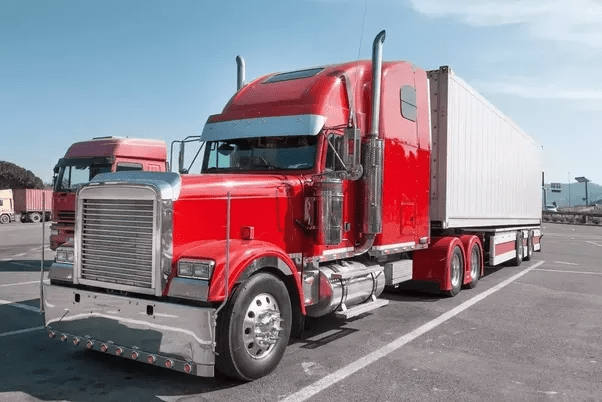No products in the cart.
Transport
10 tips for safer cargo transportation
Transporting efficiently and safely requires a lot of attention and care. Following some safety recommendations can make your trip much more peaceful and without accidents. With the precarious roads’ conditions, this care becomes even more important.
But how to protect the cargo, the vehicle and the driver when transporting loads? Here are 10 tips that can help make your trip safer, more efficient, and cheaper.
1.Avoid long trips alone
Taking long trips without having someone to take turns driving or even talking with increases the risk of falling asleep or causing accidents. The best thing is to have someone to take the direction with. But if you are alone, avoid driving longer than allowed and try to make rest stops.
2.Always test the brakes
Always try to check the truck’s brake system condition, especially before facing saw sections. If you fail on a very steep and abrupt place, the consequences can be fatal.
3.Check tires’ conditions
Tires are essential to ensure the stability and smooth running of the vehicle. When you notice any signs of cuts, punctures, bubbles, leaks, low calibration, or rust on the wheel bolts, get the repair done as soon as possible. After all, slick tires increase the accidents risk.
4.Change the windshield wipers
The windshield is important for the vehicle to offer good visibility on the road on rainy days. Therefore, the ideal is to change the wipers every six months or when the rubber is already dry. Scratched, dirty, or cracked glass also makes visibility difficult.

5. Perform preventive maintenance
Truck maintenance is very important to avoid mechanical problems and prevent accidents. According to a survey by the Scaringella Transit Institute, 27% of road and urban accidents in Brazil can be avoided if the driver performs preventive maintenance correctly. The parts revision must be carried out periodically, depending on the vehicle model, the transported load and the chosen logistics.
6. Well distribute the load weight
Before hitting the road, the truck driver must accompany the products’ shipment and make sure they are arranged correctly. The load must be well distributed on the body to reach an equilibrium point. This way, you won’t overload either side of the truck or cause it to tip over. Also check that the vehicle’s anchor point has the same or greater capacity than the mooring.
7. Sleep in safe places
Always try to sleep in safe places, be it in the gas stations’ parking lot or near a highway police station.
8. Always wear PPE when traveling
The use of Personal Protective Equipment (PPE) is highly recommended for truck drivers. The most used are safety glasses, hearing protectors, respiratory masks and boots. This equipment should be checked before hitting the road and then kept clean and in an appropriate place.
9. Pay attention to the straps’ strength
When securing the load, make sure the lashing straps are strong enough to support their weight, even under hard braking, cornering and acceleration conditions. For this, they must have a resistance four times greater than the Maximum Transported Load.
10. Periodically maintain the load’ lashing
During travel, carry out periodic maintenance of the load’s lashing and retighten the lashing straps to the vehicle. After all, loose loads on the truck can fall or move, risking damage to the vehicle or making it difficult to drive.
For efficient transportation, it is very important to have equipment that provides safety, practicality and firmness to your load. Robustec lashing straps, winches and other equipment offer full strength and comply with the Contran 552 Standard. These products offer various mooring options and capacities, depending on their application and each client’s needs.
As we have seen, some safety measures, vehicle maintenance and care in lashing loads can increase transport safety and avoid unforeseen events and accidents.
Do you want to know more about Robustec lashing straps and winches? Access here!


